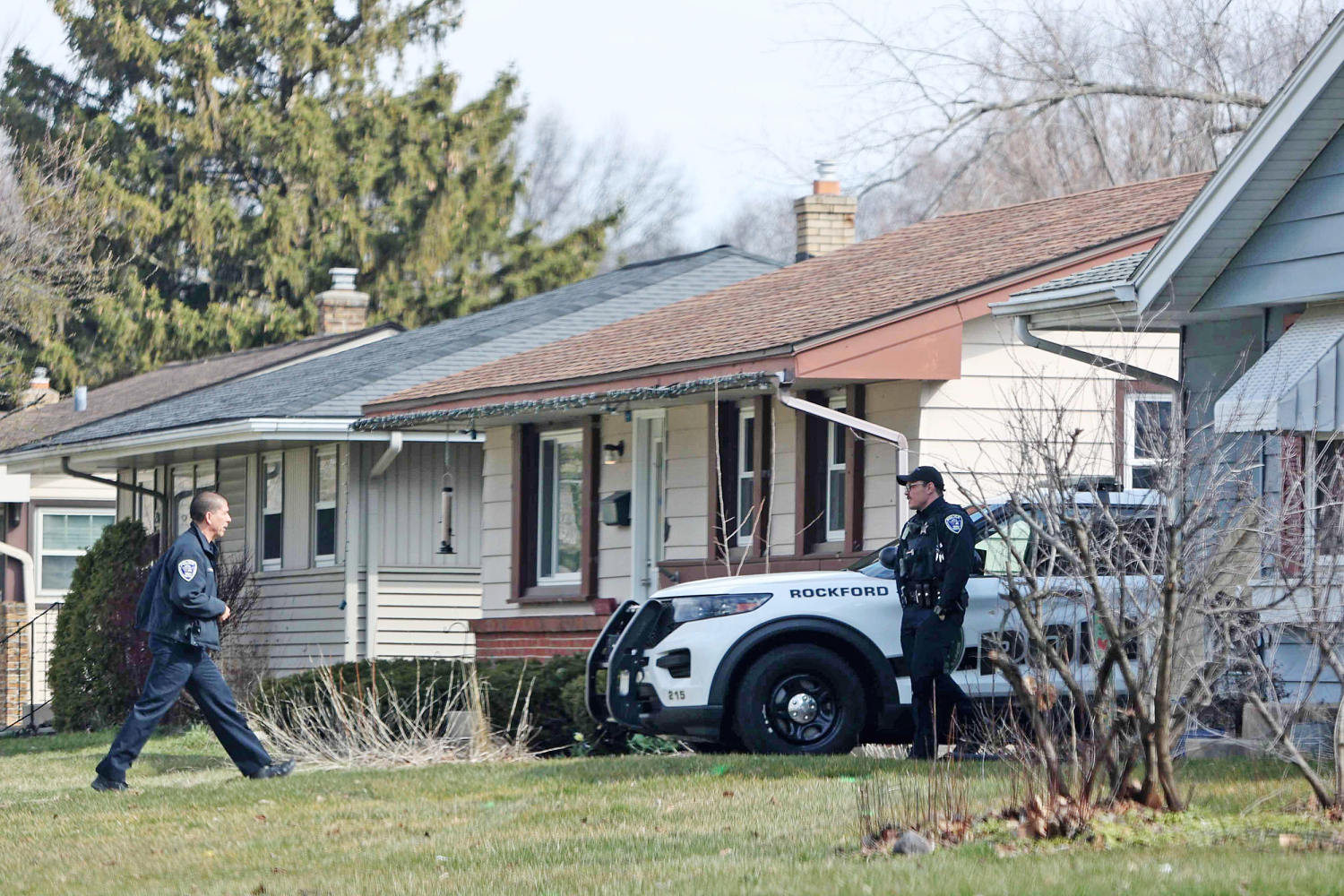The Vatican confirmed Pope Francis would preside over the Easter Vigil service on Saturday night, after he decided at the last minute to skip his participation in the Good Friday procession at the Colosseum as a health precaution.
The Vatican’s daily bulletin confirmed Francis would lead the lengthy vigil in St. Peter’s Basilica, one of the most solemn and important moments in the Catholic liturgical calendar. The service, which is due to begin at 7:30 p.m. local time and usually lasts two hours, commemorates the resurrection of Jesus and includes the sacrament of baptism for eight adult converts.
The 87-year-old Francis, who had part of one lung removed as a young man, has been battling respiratory problems all winter that have made it difficult for him to speak at length.
He has canceled some audiences and often asked an aide to read aloud some of his speeches. But he ditched his Palm Sunday homily altogether and decided at the last minute Friday to stay home rather than preside over the Way of the Cross procession at the Colosseum re-enacting Christ’s crucifixion.
The Vatican said in a brief explanation that the decision was made to “conserve his health” in view of the vigil service on Saturday and his even more taxing obligations on Easter Sunday. The pope is due to preside over a morning Easter Mass in St. Peter’s Square and deliver his Urbi et Orbi (to the city and the world) speech praying for an end to global crises.
Andrew Medichini / AP
While Francis also skipped the chilly Good Friday procession last year because he was recovering from bronchitis, his sudden absence from the event this year raised concern. His chair was in place on the podium, and his aides were preparing for his arrival when the Vatican announced five minutes before the official start time that he wasn’t coming.
In addition to his respiratory problems, Francis had a chunk of his large intestine removed in 2021 and was hospitalized twice last year, including once to remove intestinal scar tissue from previous surgeries to address diverticulosis, or bulges in his intestinal wall. He has been using a wheelchair or cane for nearly two years because of bad knee ligaments.
In his recently published memoirs, “Life: My Story Through History,” Francis said he isn’t suffering from any health problems that would require him to resign, and that he still has “many projects to bring to fruition.”




